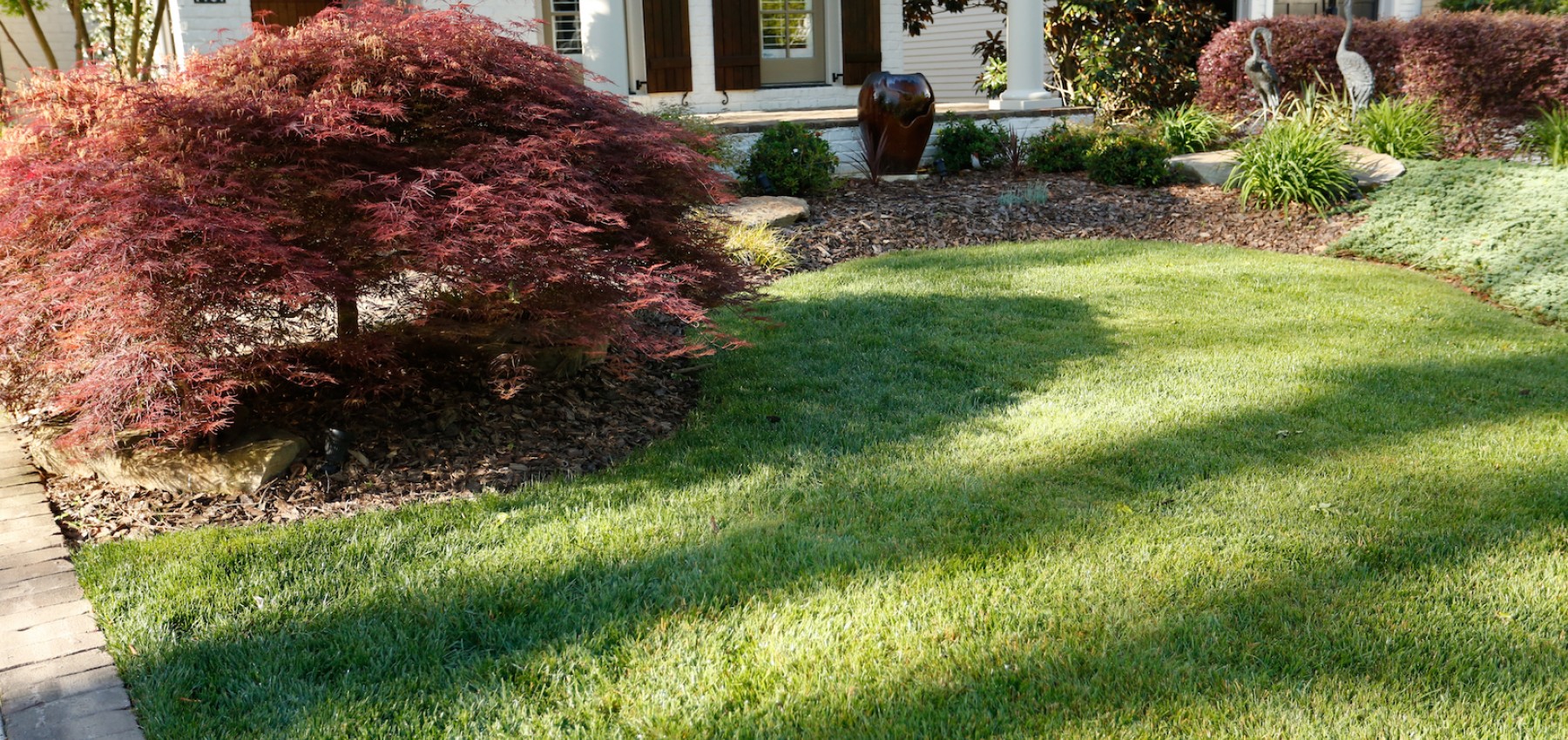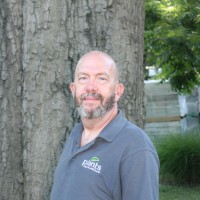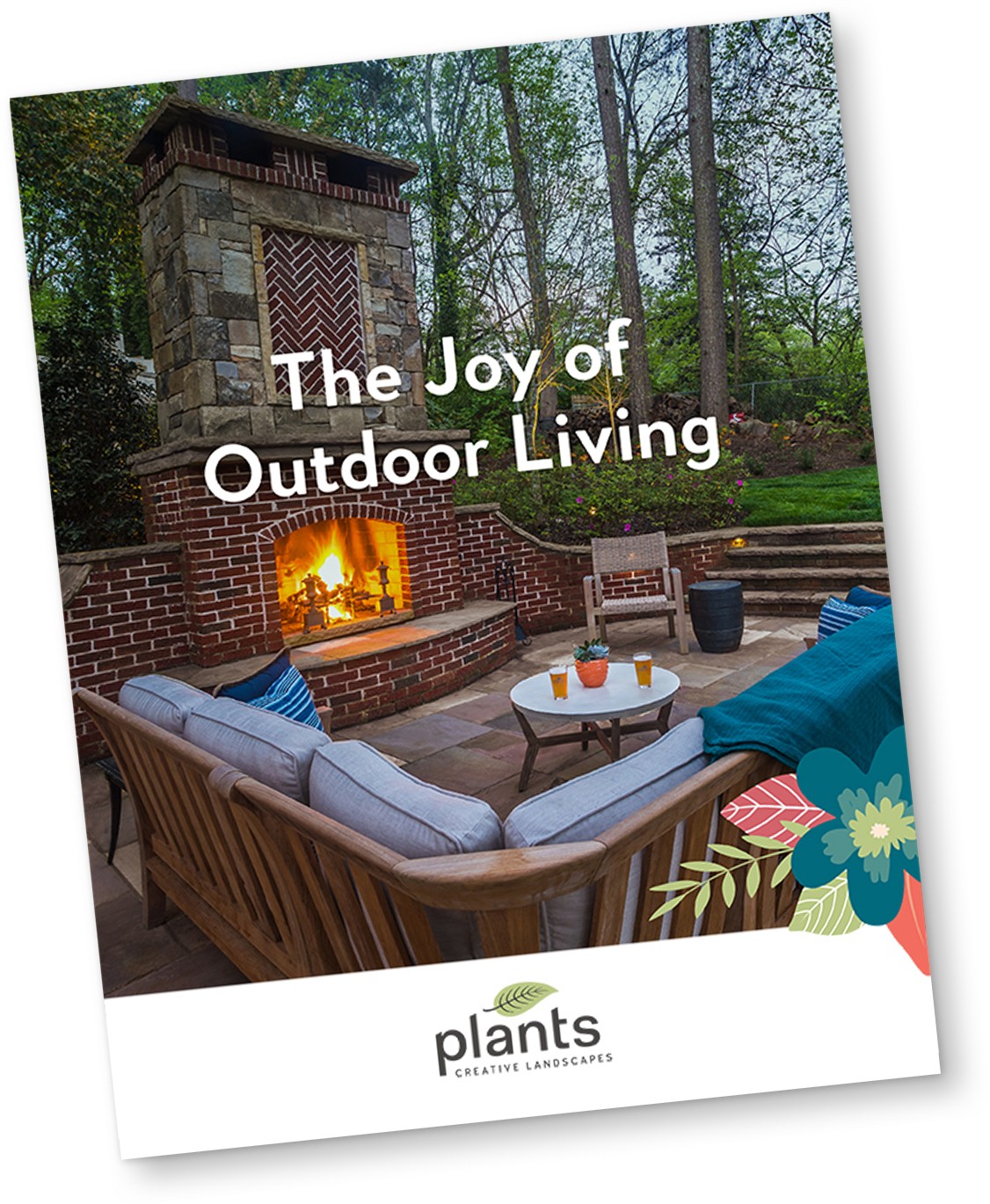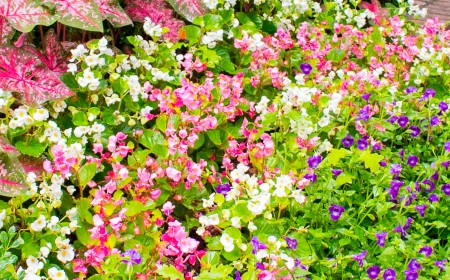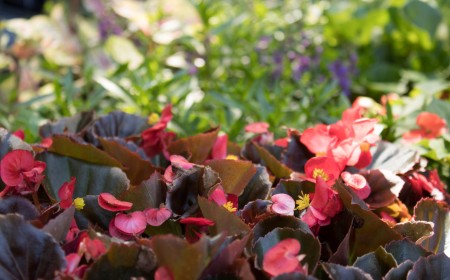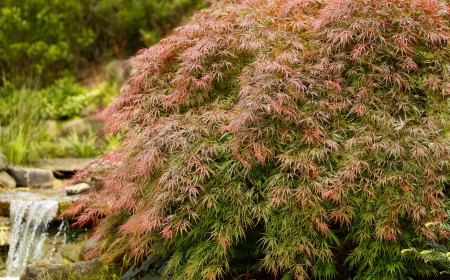There’s just nothing like looking at a fresh, clean lawn. A well-kept turf can soothe the soul! Not only does it look great, it does wonders for the surrounding environment and the people inhabiting it! A 50'x 50' plot of grass produces enough oxygen for a family of four!
Most grass grown for landscaping can be divided into two types: warm season grasses and cool season grasses. Warm season grasses grow best between 80° to 95°F, while cool season grasses grow best between 65° and 75°F. In Georgia, we’re in a bit of a transitional zone climate-wise. Depending on conditions and location, our customers occasionally have different types of grass than other customers. Other customers might have one type of grass in their front yard and a different type in their backyard. Either way, we’re sure to accommodate the weather a property will get at different times of the year by planting the right grass types!
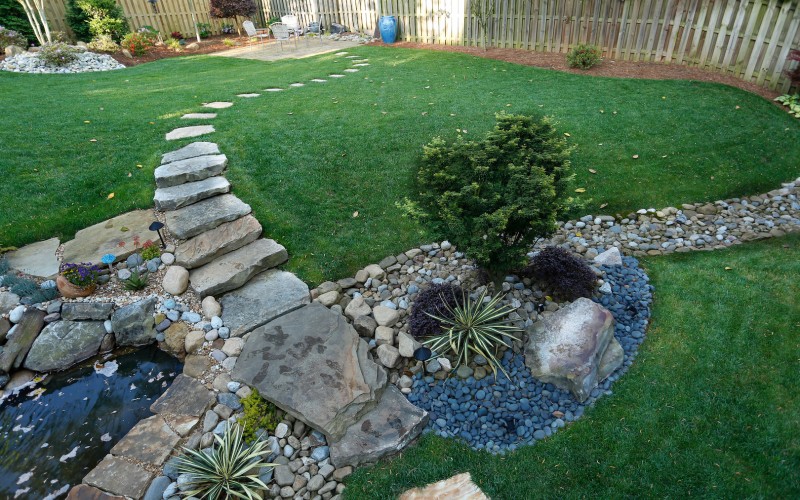
Common lawn issues in Georgia
Every day, in my work with Plants Creative, I see lawns that are suffering, either through brown spots, bald patches, or weed invasion. But there is hope! Through regular maintenance and other special treatments, your lawn can look healthy and lush.
- Weeds: Weeds are pretty much impossible to avoid when it comes to any sort of plant life. But they can be kept under control. Some of the common types of weeds I see are crabgrass, nutsedge and a variety of broadleaf weeds. Some of these weeds try to disguise themselves as grasses, but a practiced expert can spot the differences before they take over! In my estimation, regular lawn maintenance can get rid of up to 30% of the weeds on a property. The rest of the weeds will need to be controlled by applying a chemical treatment in early spring, mid-summer, and late fall — with different mixtures depending on the time of year.
- Thinning lawn: When a yard has big, mature trees that are providing a lot of shade, it’s often a good thing. The problem is, all that shade tends to prevent the grass from getting the sunlight it needs to grow. Moss can quickly take over! In these scenarios, I recommend pruning the tree strategically in the late fall or winter.
- Poor drainage & erosion: Too much water can erode soil, washing away nutrients and compacting soil. Water always seems to find the hidden weaknesses in a landscape — the low-lying areas. With proper landscaping, these areas can either be raised with soil, or a drainage system can be installed.
- Uneven lawn & compaction: These are telltale signs of compacted soil, which prevents the grass from getting the nutrients and oxygen it needs. The soil that your turf grows in can quickly become compacted in a couple of different ways. One that I already mentioned is water erosion. Another common cause is foot traffic — people create pathways unknowingly, and we naturally gravitate towards beaten down areas to form trails! This can be remedied by installing or building pathways for whoever will be using a landscape or through core aeration, which I explain further down in this post.
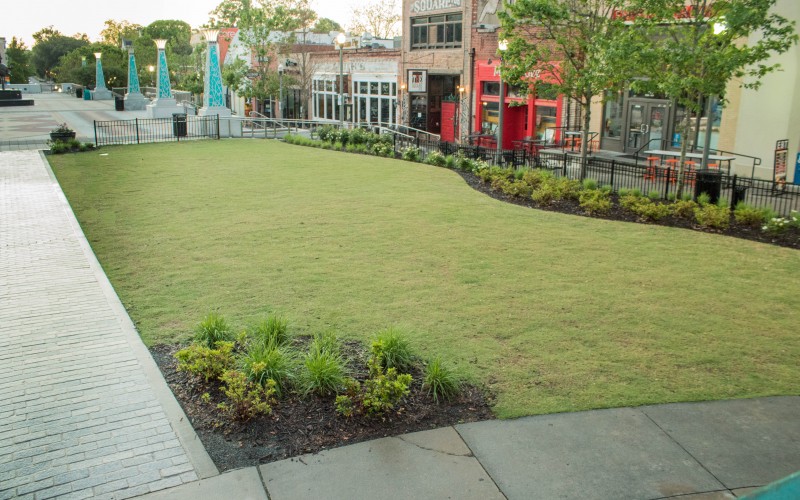
Other treatments
All of these issues can be easily repaired through regular, routine lawn maintenance. While most people know all about mowing lawns, edging around garden beds and curbs, and watering, there are some advanced techniques for lawn care, including:
- Core aeration: Aeration involves poking holes in the turf by a machine with small tines. It’s a bit of a funny image: no one would take a shovel to a tree, but grass loves to be beaten up a little bit. A proper aeration treatment will reduce soil compaction, allowing nutrients and water to get to the root systems of the grass. It also releases harmful gases that are trapped in the soil by allowing oxygen circulation. These little holes in a lawn also leave extra room for fertilizer and lime treatments, which can change the pH level in the soil to promote growth.
- Topdressing: Topdressing means exactly what it sounds like. Essentially, with a prepared soil and sand mix, you’re “dressing up” the topsoil of a lawn. When this is done after aeration, it adds nutrients to the soil. At Plants, after applying the mixture, we smooth out the soil and brush everything in with a broom. It can quite quickly raise the profile of turf and can act as a quick fix for residential properties that need lawn care fast!
- Dethatching: Thatch is simply the layer of dead grass, roots and debris that builds up between the soil surface and grass blades growing above it. Typically, dethatching is done during peak growing season, and involves using a special rake to remove the layer of debris.
Caring for your lawn can seem daunting, especially if you’re battling some of the issues I mentioned. But with the right know-how (or the right group of lawn experts on your side), it certainly doesn't have to be. At Plants Creative, we are always here to help, whether you have turf issues you’re trying to remedy or you’re looking for ongoing help caring for your lawn!
